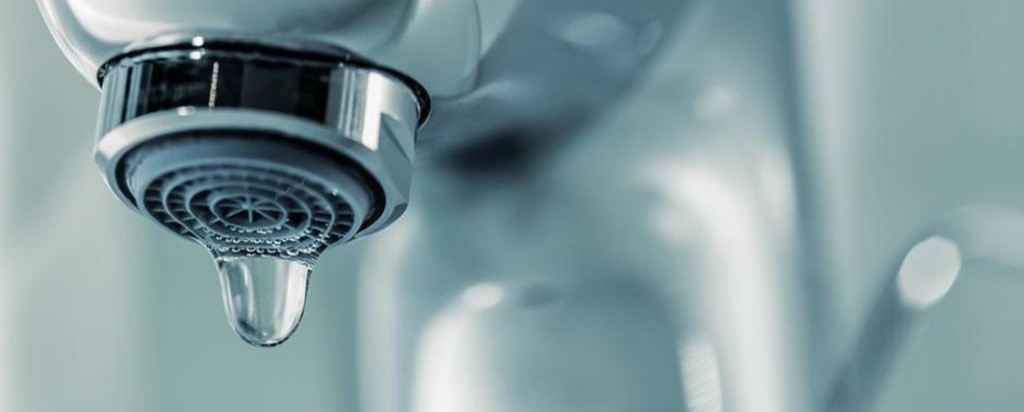Understanding the Primary Causes for Drips in Your Home
Understanding the Primary Causes for Drips in Your Home
Blog Article
This post following next about How to Find Water Leaks is fairly captivating. You should keep reading.

Leaks not just cause waste of water however can also create unneeded damage to your home and advertise undesirable organic growth. By looking and also comprehending for everyday situations that create leaks, you can protect your home from future leakages and also unneeded damages.
Intruding roots
Most water leakages begin outside the house instead than inside it. You might notice damp patches or sinkholes in your backyard, as well as that could indicate that tree roots are getting into water lines triggering water to leak out.
Rusty water supply
This could be the reason of discoloration or warping on your water pipelines. If our plumbing system is old, consider changing the pipelines because they are at a higher risk of deterioration than the more recent versions.
Faulty Pipeline Joints
The factor at which your pipelines connect is often the weakest web link in the waterline. Pipe joints can degrade with time, resulting in water leaks. Regrettably, most of pipeline joints are not easily visible. If you have loud pipelines that make ticking or banging sounds, especially when the hot water is turned on, your pipe joints are probably under a great deal of stress. It is advisable to have your plumber inspect your system annually.
Instantaneous temperature level changes.
Severe temperature changes in our pipes can trigger them to increase and acquire unexpectedly. This growth as well as contraction might trigger cracks in the pipelines, specifically if the temperature level are below freezing.
Poor Water Connectors
Sometimes, a leakage can be caused by loose tubes and pipes that provide your home appliances. More often than not, changing is what causes the loosened water Connections. You may find when it comes to a washing maker, a pipe might spring a leak as a result of trembling during the spin cycle. In case of a water connections leakage, you may observe water running directly from the supply line or puddles around your appliances.
Obstructed Drains
Blocked drains might be aggravating and inconveniencing, yet they can sometimes end up triggering an overflow bring about break pipelines. Keep removing any materials that may drop your drains that could obstruct them to avoid such inconveniences.
All the above are reasons for leaks yet not all water leaks result from plumbing leakages; some leaks may come from roof covering leaks. All leakages ought to be repaired instantly to avoid water damage.
Leakages not just trigger waste of water yet can also trigger unneeded damages to your house and also advertise undesirable natural growth. By looking and recognizing for everyday situations that trigger leaks, you can protect your house from future leakages as well as unnecessary damage. Today, we will look at six leak causes that might be triggering your pipelines to leak.
At times, a leak can be created by loose hoses and also pipes that supply your appliances. In situation of a water connections leakage, you might notice water running straight from the supply line or pools around your home appliances.
How To Check For Water Leak In Your Home
How To Check for Leaks
The average household's leaks can account for nearly 10,000 gallons of water wasted every year and ten percent of homes have leaks that waste 90 gallons or more per day. Common types of leaks found in the home are worn toilet flappers, dripping faucets, and other leaking valves. These types of leaks are often easy to fix, requiring only a few tools and hardware that can pay for themselves in water savings. Fixing easily corrected household water leaks can save homeowners about 10 percent on their water bills.
To check for leaks in your home, you first need to determine whether you're wasting water and then identify the source of the leak. Here are some tips for finding leaks:
Take a look at your water usage during a colder month, such as January or February. If a family of four exceeds 12,000 gallons per month, there are serious leaks.
Check your water meter before and after a two-hour period when no water is being used. If the meter changes at all, you probably have a leak.
Identify toilet leaks by placing a drop of food coloring in the toilet tank. If any color shows up in the bowl after 10 minutes, you have a leak. (Be sure to flush immediately after the experiment to avoid staining the tank.)
Examine faucet gaskets and pipe fittings for any water on the outside of the pipe to check for surface leaks.
Undetected water leaks can happen without the home or business owner even realizing. If you suspect a water leak, but not able to find the source. It is time to contact a professional water leak detection service, The Leak Doctor.
How To Find a Water Leak In Your Home
https://www.leakdoctor.com/blog/How-To-Check-For-Water-Leak-In-Your-Home_AE197.html

I'm very intrigued by How to detect water leaks in your home and I'm hoping you enjoyed reading the entire blog entry. Enjoyed reading our blog posting? Please share it. Let someone else find it. Many thanks for taking the time to read it.
Sink issues? Expert consultation here. Report this page